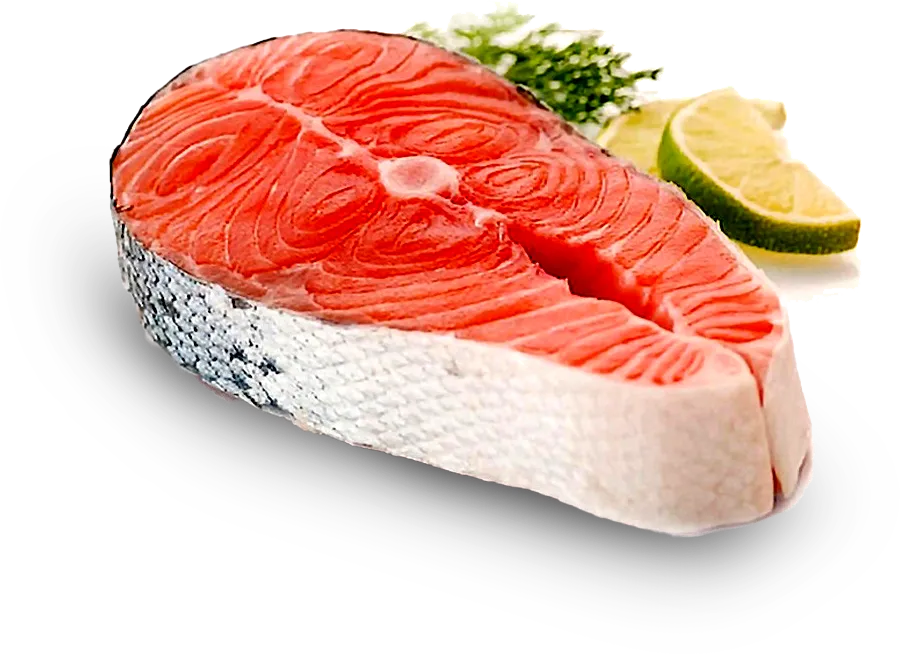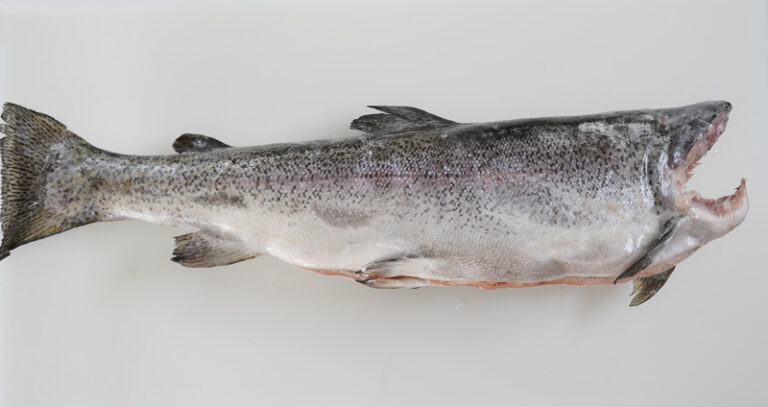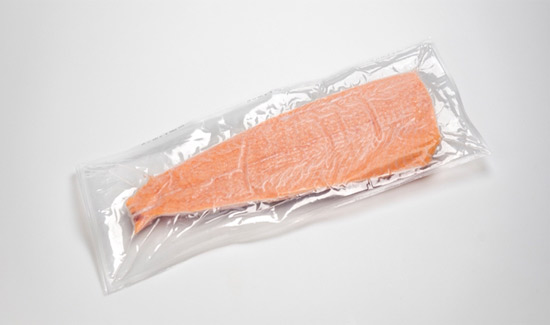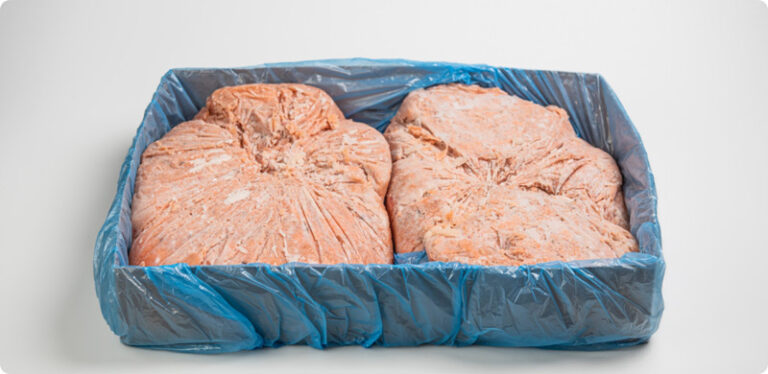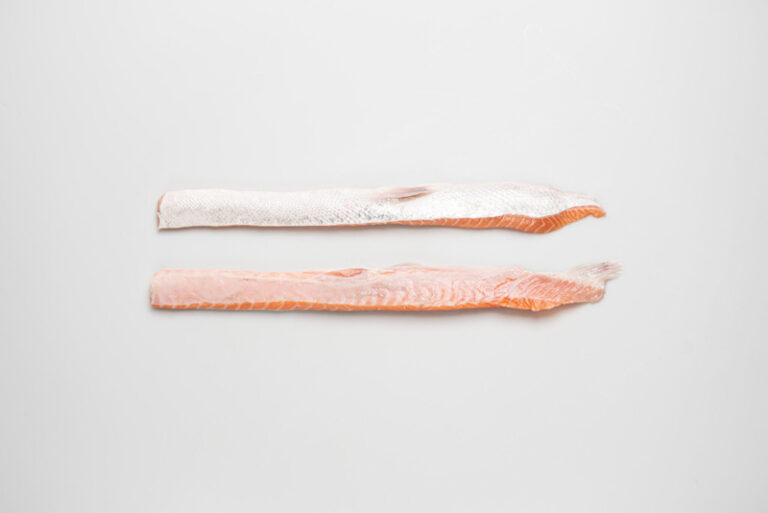AKOOfish salmon trout products
At AKOOfish, a leading company in the industry of high-quality trout, we raise salmon trout in a pure natural environment, the fast freeze technology to make sure our salmon trout is frozen highly quickly. This can influence the taste, color and texture of salmon trout. We are committed to producing high-quality salmon trout that can suit different tastes and preferences.
Salmon Trout Products: All you need to know
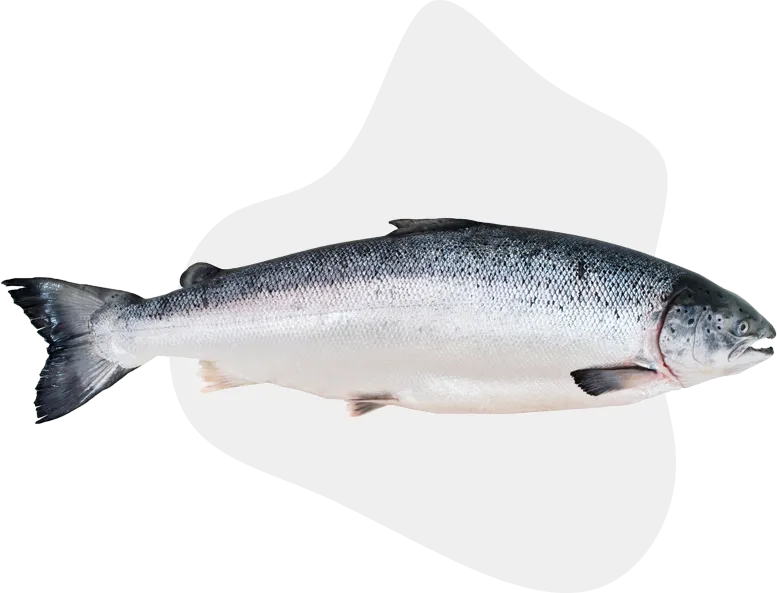
What is salmon trout?
Salmon trout refers to a large trout that has pink meat and is similar to a salmon. Salmon trout is bigger than other trout species. It does not have many bones and its actual meat is more. It is a very delicious fish.
Salmon trout fillet
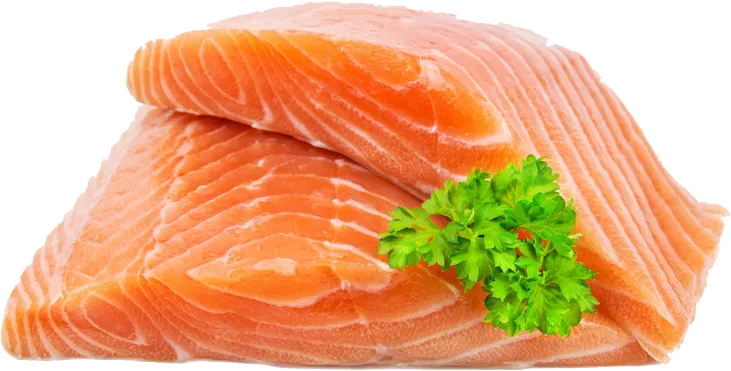
fresh salmon trout in aakoofish
For different people with different tastes and needs, we have different products that are carefully produced to help you experience a different taste and odor. All our products are produced using new and innovative technologies to ensure the best experience for our customers.
Salmon trout characteristics
Types of Salmon Trout:
Chinook Salmon
Chinook salmon, which can grow to be five feet long and weigh more than 100 pounds, are the largest and heaviest salmon in the world. For this reason, anglers all around the world consider them to be a trophy fish.
Coho Salmon
The name “coho” or “silver salmon” comes from their shiny silver skin. Coho has a medium fat level and a more delicate flavor, but they don’t garner the same attention as big Kings and tasty Sockeyes.
trout fish and salmon trout differences
It’s significant to pay attention that trout and salmon are highly related. Trout live in many rivers and lakes all over the world. They are usually brown with orange marks on their scales. Unlike trout, salmon can be found in the Northern Hemisphere, but have entered other environments.
They have usually pinkish-red or orange skins since they use shrimp, plankton, and other small crustaceans as food while they live in freshwater before moving to the ocean as adults. Both species have lots of health benefits, but it’s significant to know how to cook them properly so that they preserve their taste.
Whereas trout and salmon may have similar taste and appearance they are different kinds of fish. The main difference between these two types is that Trout refers to a freshwater fish, and Salmon refers to a saltwater fish. Salmon usually has a larger amount of fat compared to trout and is typically always larger.
salmon vs trout nutrition
Trout is a kind of fish that people are interested in. Whether fishing for fun or fishing for food, there is something about fishing a trout that makes it unique. It’s not simply the flavor of fresh trout, but also being part of the natural process. And now with a variety of types of trout, it’s effortless to find one that suits your requirements and preferences.
On the other hand, salmon is considered a luxury fish. They’re exorbitant and wild-caught salmon are regarded as a delicacy since they’re usually caught by utilizing professional equipment such as nets and special fishing boats. With their higher value, they are typically regarded as a top quality fish on the menu at restaurants.
Generally, the taste of salmon is stronger than trout. Salmon contains a fatty texture that makes it delicious in sushi. Distinguishing the taste of salmon is dependent on which salmon species you’re preparing.
Because salmon and trout are highly identical fish, there aren’t remarkable differences when cooking the two fish. Sought-after methods for preparing the two fish include different ones such as pan-fried and baking the fish. One significant note is that you must refrain from overcooking both fish. This can cause a stronger “fishy” scent and make their meat flaky.
Whether you’re preparing salmon or trout, they’re both wonderful choices for your diet. Salmon is usually regarded as healthier than other seafood choices, whereas trout is also a healthy option for fish. Consequently, both trout and salmon are amazing sources of omega-3 fatty acids as well as other nutrients and vitamins. If fishing is your purpose, the salmon provides a powerful fight.
Trout are usually much smaller compared to salmon. Their length usually ranges from 4 to 16 inches. Still, there are some exceptions. To have a bigger trout, a large weighted hook is utilized and usually these fish are grabbed with a spinning rod and reel. Trout swim in the opposite direction, so if you wish to capture a big fish, you should approach the water’s edge.
They eat food by drinking the water as they swim. To catch trout to eat, you must attract them with a fly fishing technique named “suction,” which includes covering the trout’s head with your fly to catch its attention. Trout exist in small streams, large rivers, and freshwater lakes and saltwater lakes. They have usually a brown or yellow hue.
Salmon possess a noticeable appearance and fame for being one of the most delicious fish. Most people regard salmon as pinkish in hue. Salmon will live in freshwater then head to saltwater, coming back to freshwater to reproduce.
Studies including tagged fish indicate that it is common for a salmon will come back to the precise location where they were given birth to reproduce their offspring.

This is believed to be possible due to their olfactory memory. They can shift between freshwater and saltwater because of a body chemistry change that happens when they migrate. Salmon usually pass about five years in the ocean while they grow up.
The size of Salmon can be different from fifteen to more than 100 pounds and their length can be more than four feet. Salmon can be found in just seven species. Salmon are regarded as a base species, meaning that their existence influences the ecosystem unequally relative to their numbers.
The best trout fishing methods are those that catch the most fish! For this reason, there are many things to know before you decide to fish for trout. The best way to do this is to know a few easy techniques so you can get your fish without doing too much work! Wading is one of the most practical methods that you can make use of for fishing.
Wading refers to the process of standing in the water and throwing your line into the water. This is one of the simplest ways to use for fishing. If you are wading, you must have a long, thin rod to fasten to your vest or the vest of your boat. This kind of rod is very pliable and possesses a long, flexible, tip.
There are many various kinds of trout to catch. The more time you devote to casting the fish, the more likely you will be able to catch one. If you’re trying your chance in freshwater lakes, ponds, reservoirs, and streams, there are specific times that you should focus on a particular species of fish.
For example, rainbow trout just inhabit streams or lakes, and they’re the most likely to seize a fly when the temperature rises. Brown trout exist in the tundra of Alaska and are the most hostile and robust of the trout.
The most important thing you have to remember is that salmon are powerful fighters. Salmon possess higher jawbones and claws, which can help them to apply force or overcome their prey. They are also equipped with a muscular swim bladder that helps them move through the water.
They’re not simple fish to learn to get, so you can get them if you have the proper fishing knowledge about their migratory patterns, habitats, and lots of forbearance.
Since temperature is important so much in salmon fishing it is best to know the water temperature when deciding where to fish. Interestingly, moon phases influence how much and when a salmon will eat food during nighttime hours. New moon and full moon nights around early morning and early night can draw salmon to the surface for eating food. They are interested in the cooler water temperature and faint light. There is some difference between the various species of salmon.
Many fishermen still prefer fishing in the early morning hours or late afternoon. It does not matter when you go fishing, you can always face great combat when fishing for salmon!
Salmon trout fish benefits
According to the studies, these fatty acids can assist in reducing blood pressure and heart rate and strengthen cardiovascular function. For instance, research has indicated that omega-3 fatty acids reduce the risk of arrhythmias that can cause sudden death. Omega-3 fatty acids also reduce triglyceride levels and decrease the growth speed of atherosclerotic plaque.
In adults, several important experiments have assessed the impact of fish or fish oils on heart disease. In a trial, those who survived heart attack consumed a 1-gram capsule of omega-3 fats daily for three years. Consequently, they were less likely to undergo a heart attack, stroke, or sudden death than those who consumed a placebo.
Niacin, vitamin B6, vitamin E, vitamin B12, thiamin, and riboflavin are essential vitamins that can be widely found in trout. Furthermore, as an oily fish, trout is rich in vitamins A and D. The amount of Vitamin A is smaller in trout compared to salmons. Vitamin A and omega 3 are necessary for healthy mucosa and skin. Trout flesh has a smaller amount of Vitamin D than salmons. Vitamin D is highly important in calcium metabolism and prevents cancers.
It is highly recommended that pregnant women consume at least 8 ounces and up to 12 ounces of different seafood a week.
Trout naturally contains a generous amount of minerals such as calcium, zinc, potassium, phosphorus, and magnesium. It is also rich in iodine.

Salmon fish oil benefits
Salmon fish oil, often obtained from the fatty tissues of the fish, is rich in omega-3 fatty acids, particularly eicosapentaenoic acid (EPA) and docosahexaenoic acid (DHA). These omega-3 fatty acids offer a range of health benefits:
Heart Health: Omega-3 fatty acids have been shown to support heart health by reducing the risk of cardiovascular diseases. They help lower triglyceride levels, reduce blood pressure, and decrease the risk of blood clot formation.Brain Function: DHA, a significant component of salmon oil, is crucial for brain health. It is a critical structural component of brain cells and supports cognitive function. Consuming salmon fish oil may contribute to improved memory and mental performance.
Inflammation Reduction: Omega-3 fatty acids possess anti-inflammatory properties, which can help reduce inflammation in the body. Chronic inflammation is associated with various health conditions; salmon oil may help alleviate symptoms.
Joint Health: The anti-inflammatory effects of omega-3s can benefit joint health, potentially reducing symptoms in conditions like rheumatoid arthritis and osteoarthritis.
Improved Mood: Some studies suggest that omega-3 fatty acids, particularly EPA, may positively affect mood and may be beneficial in managing conditions such as depression and anxiety.
Skin Health: Omega-3s contribute to maintaining healthy skin by supporting hydration and reducing inflammation. They may be beneficial for conditions like eczema and psoriasis.
Immune System Support: Omega-3 fatty acids have been shown to modulate the immune system, potentially enhancing its function and providing better defense against infections and diseases.
Salmon trout nutrition facts
1 gram of salmon trout holds 0 grams of sugar, 190 milligram(s) of protein, and 30 milligram(s) of fat. It also contains 0 grams of fiber and 0 grams of carbohydrate. You can find a large amount of calories in (1 g) which you can burn by a 6.6 second(s) of jogging, 7.7 second(s) of Cycling, and 8.5 second(s) of swimming. You can also burn this amount of calorie by 9.5 second(s) of walking, 11.3 second(s) of shopping, 11.6 second(s) of yoga or 18.6 second(s) of cleaning
- Calories: Approximately 206 calories
- Protein: About 19 grams
- Fat: Around 14 grams
- Saturated Fat: Approximately 3 grams Omega-3 Fatty
- Acids: Roughly 1.8 grams
- Cholesterol: Around 55-60 milligrams
- Vitamins: Salmon trout is a good source of vitamins such as vitamin D, vitamin B12, and vitamin B6.
- Minerals: It contains minerals like selenium and phosphorus.


